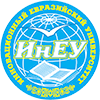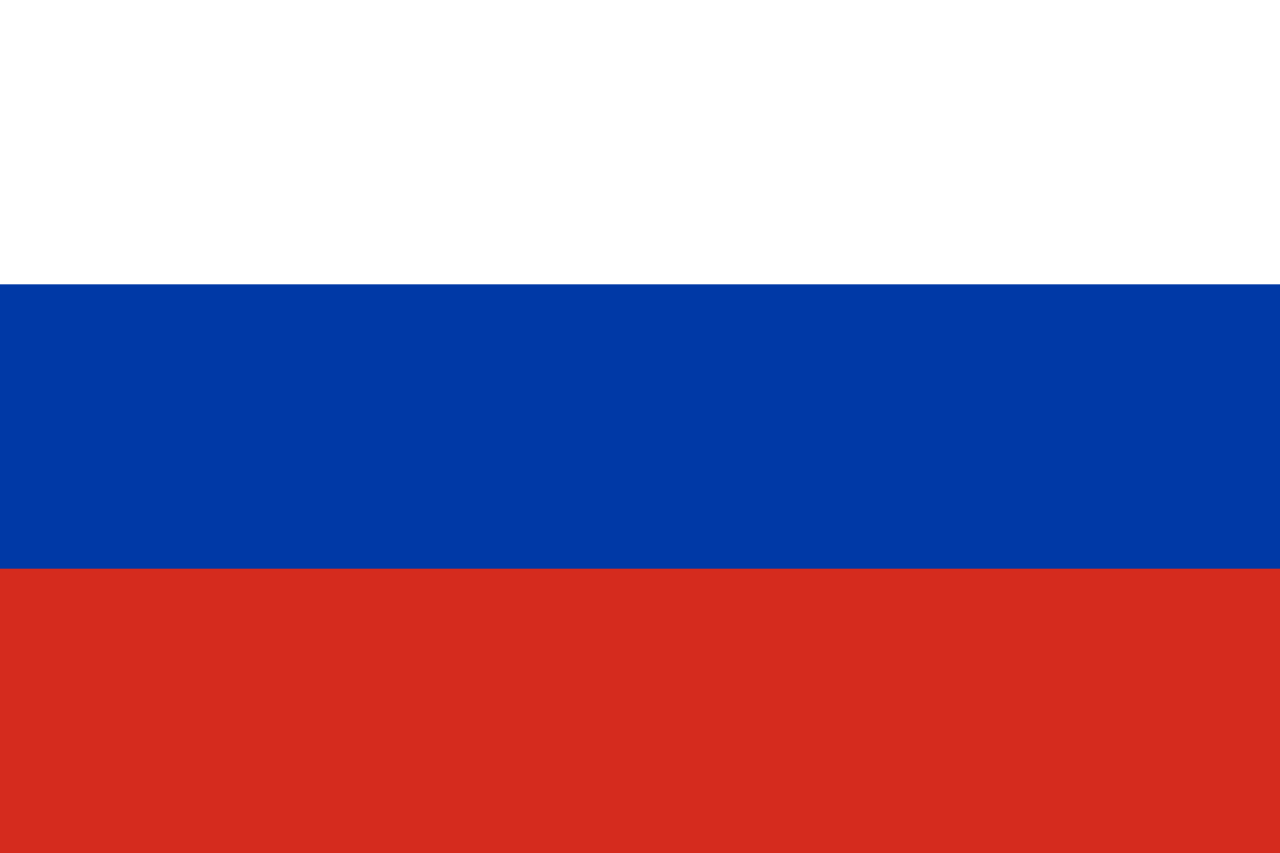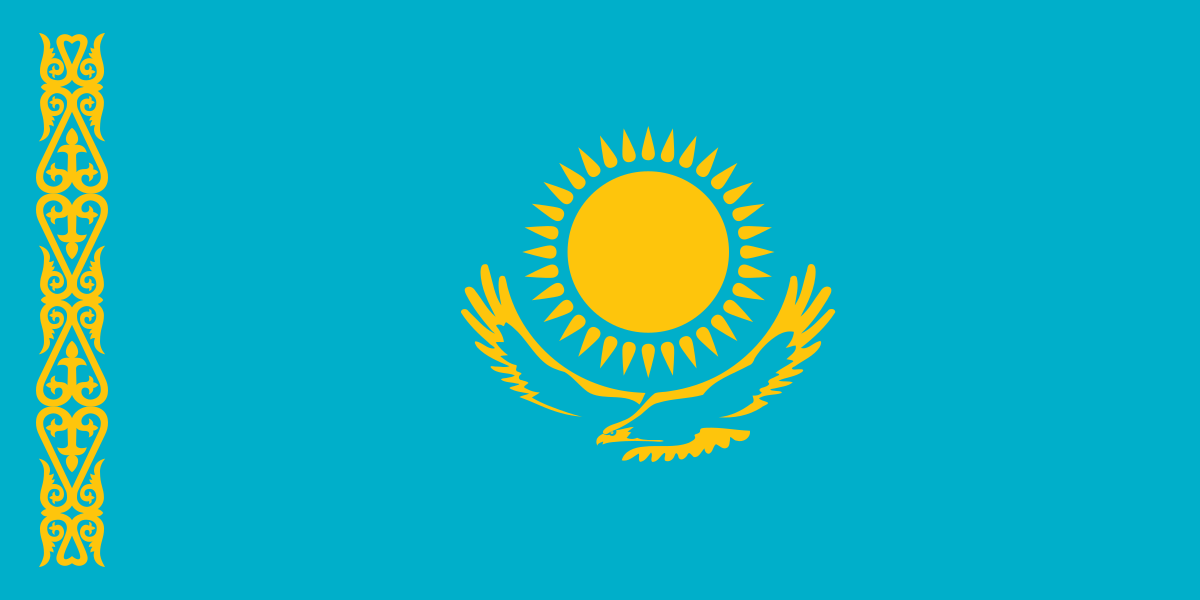Annotation:
In the dairy market of Kazakhstan, the demand for mass-produced dairy products is decreasing and expanding to innovative fermented milk products for functional nutrition. The main feature of the new technology is multicomponent formulations, which include the main raw materials and biocorrectors, ensuring their high biological and nutritional value. New dessert products are prepared on a dairy or protein basis using vegetable ingredients, fermented with strains of dry starter cultures of direct application or immobilized starter culture Bifimm probio.
The purpose is to apply immobilized living cells of pure cultures of lacto- and bifidobacteria as a biocatalyst for the fermentation of dairy-vegetable media. During the study, the method of immobilization of microbial cells in biopolymer gels was used. The most effective method is the inclusion of cells in an aqueous solution of biopolymers with a concentration of 25 %. For immobilization, pure cultures of lactic acid and bifidobacteria were selected in the gel as part of the concentrates "BK-Altai-LS Bifi", "Poleznaya Partiya", "Genesis", "Narine", "Bio-yogurt Vivo", and the main prescription ingredients were selected: milk with a mass fraction of fat of 1 %, 2.5 %, 3.2 %, natural grain additives, jams, juices, nuts. Formulations, technological schemes and production methods, prototypes were developed, quality and safety indicators were determined.
Studies have shown the effectiveness of immobilized starter cultures in the formation of fermented dessert products. Out of 20 prototypes with the best indicators, 5 samples were selected, in which the optimal ratio of milk, probio Bifimm starter cultures and biocorrectors averaged 70:20:10. The quality and safety analysis showed that new fermented milk products using immobilized starter cultures have a positive effect of more than -70 % compared to direct-use starter cultures, have functional properties and can be used for healthy nutrition in Kazakhstan.
Year of release:
Number of the journal:

 English
English Русский
Русский Қазақ
Қазақ